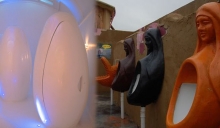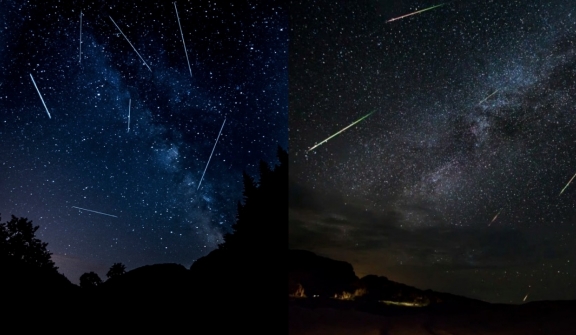
The Geminid meteor shower is a captivating and accessible astronomical event. No special equipment is necessary—simply find a clear observing site, sit back, and enjoy the spectacle as the night sky puts on a show.
According to NASA, the Geminid meteor shower has appeared since November 19 and will continue until December 24. The peak of the meteor shower is projected to take place from Wednesday night to Thursday night.
Dec. 14 is set to be the optimal time to observe the Geminid meteor shower, with an estimated rate of around 120 shooting stars per hour.
This makes the meteor shower one of the most dependable and exciting astronomical events of the year.
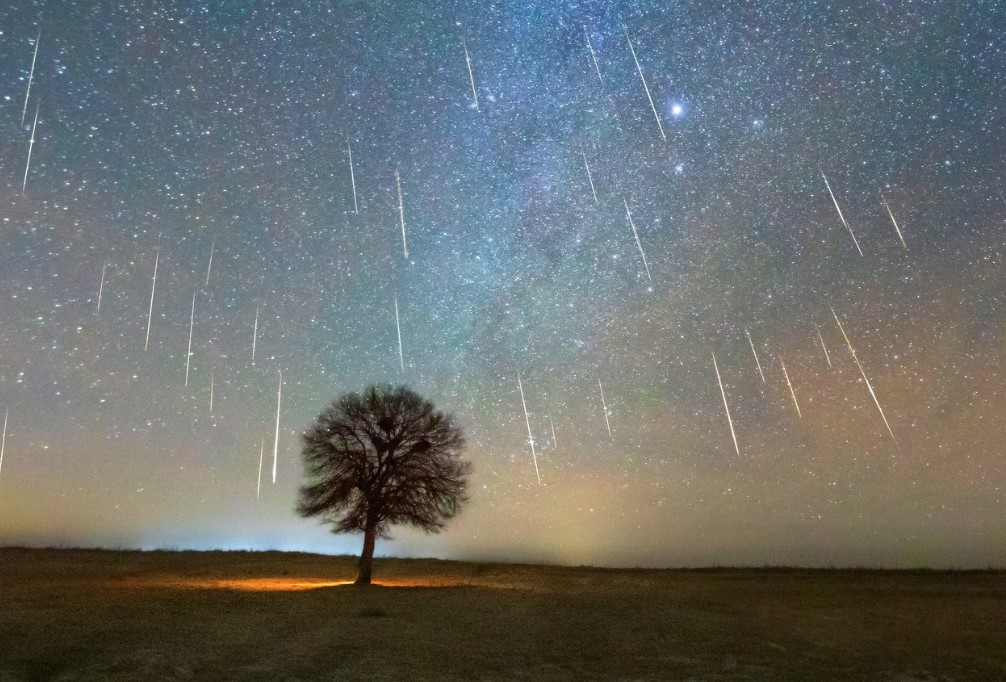
Most of the United States is expected to have mostly clear skies during the Geminid meteor shower, enhancing the viewing experience for observers.
The Geminid meteor shower is visible worldwide, but it is most impressive during the night and predawn hours. To fully enjoy the shower, it is recommended to find a location away from city lights or street lights.
Additionally, the moon's visibility will be less than 4% during the peak nights, creating a darker sky for optimal meteor viewing, according to the Farmers' Almanac.
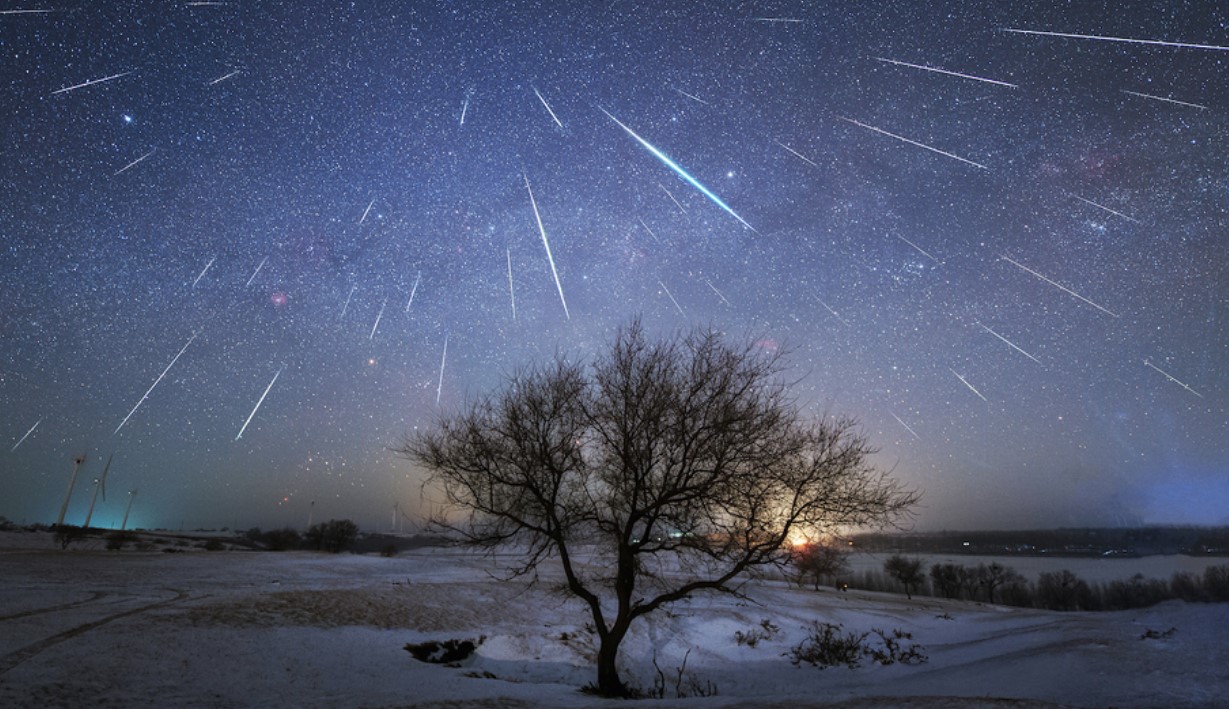
According to Bart Fried, the Executive Vice President of the Amateur Astronomers Association in New York, the forecast for the Geminid meteor shower looks very favorable.
Depending on the location, viewers can expect to see up to 120 meteors per hour.
Even in brightly lit areas like New York City, observers can anticipate seeing 20 to 30 meteors per hour, which translates to one meteor every two to three minutes.
While rural areas offer the best viewing conditions, urban areas can still provide a decent meteor-watching experience.
For the Geminid meteor shower, there's no need to use binoculars or telescopes. It is best enjoyed with the naked eye. Simply relax and allow your eyes to adjust. Let your peripheral vision take in the spectacle of the meteor shower.
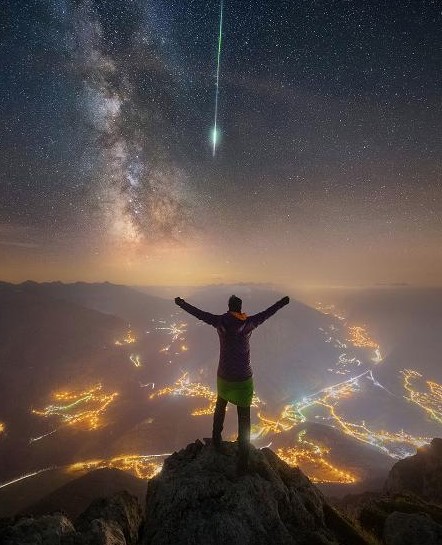
The Geminid meteor shower is an annual astronomical event that occurs in mid-December. It is considered one of the most reliable and active meteor showers of the year.
The name "Geminid" comes from the constellation Gemini, as the meteors appear to radiate from that point in the sky.
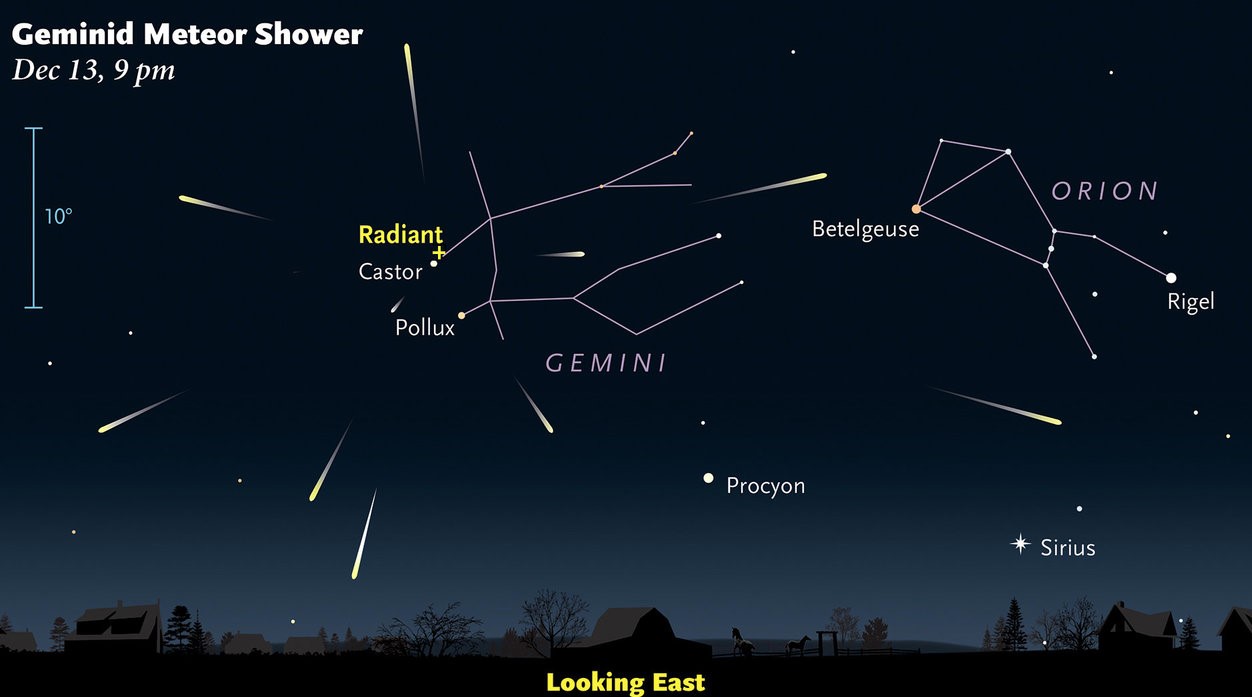
The meteor shower is caused by the Earth passing through the debris trail left behind by the asteroid 3200 Phaethon. As the Earth's atmosphere collides with the tiny particles and fragments from the debris, they burn up and create bright streaks of light in the sky, known as meteors or "shooting stars."
The Geminid meteor shower is known for its vibrant and often colorful meteors, as well as its relatively slow-moving nature compared to other meteor showers.
It typically peaks around mid-December, with rates of up to 120 meteors per hour under optimal viewing conditions.


